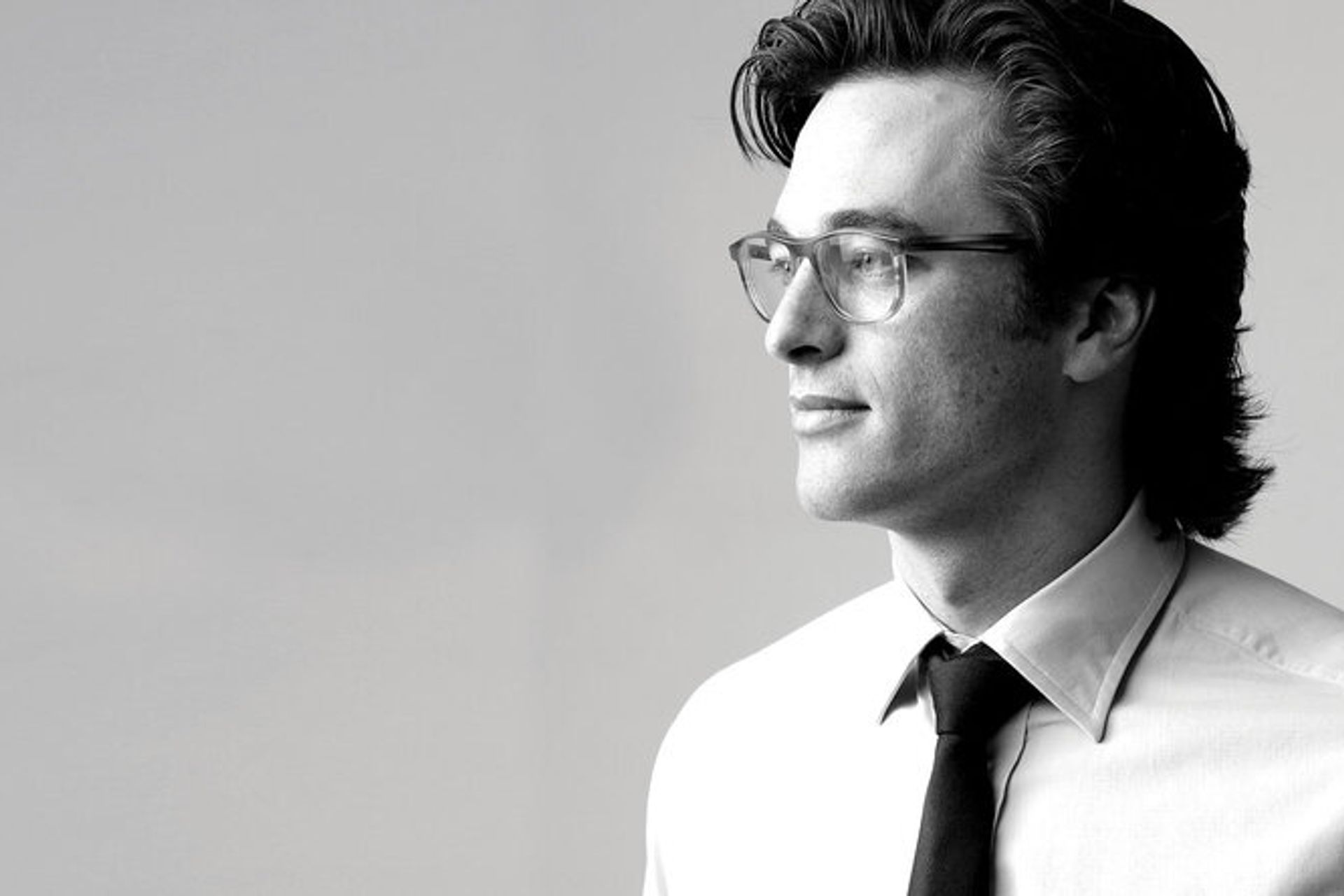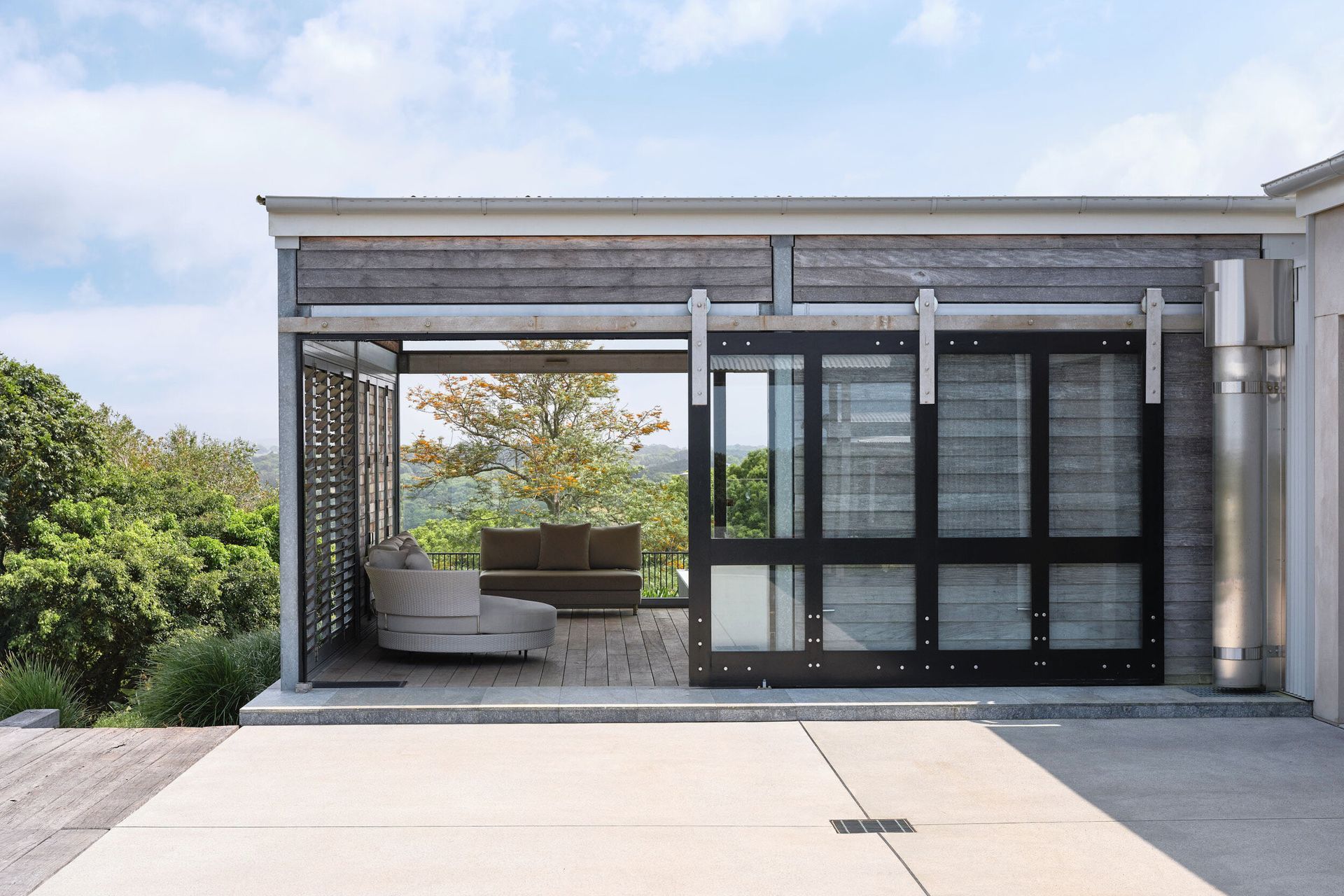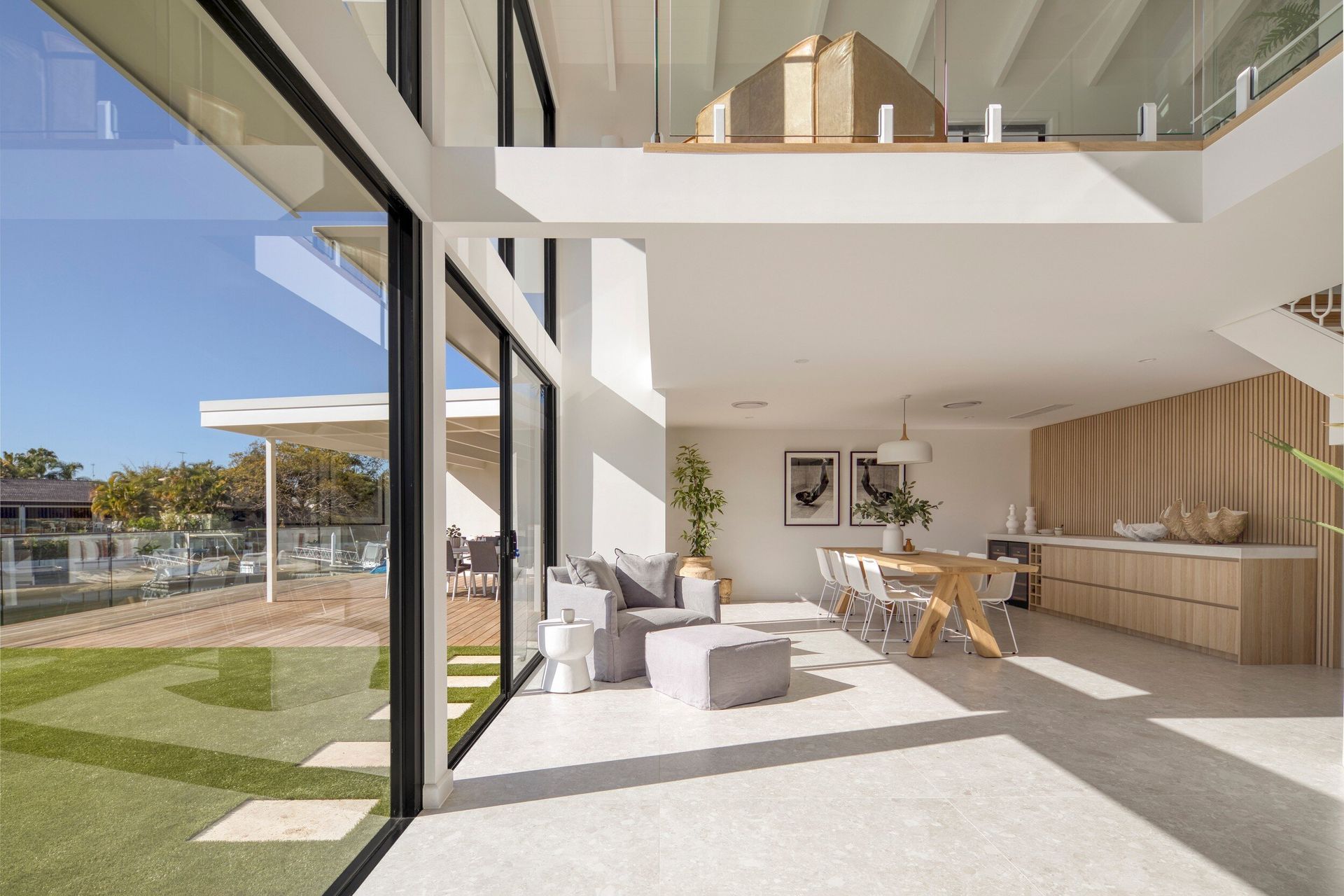Understanding the five design fundamentals with Joe Snell
Written by
21 August 2022
•
5 min read

An accomplished architect and interior design expert, Joe Snell is the director of architecture and interiors firm Studio Snell. However, you may recognise Joe from his time as a judge on Seven’s reality renovation series, House Rules, or his time as a co-host on Nine’s Dream Homes Revealed. It goes without saying, he’s an expert in his field.

However, Joe is determined to make good design accessible to everyone. It’s one of the reasons he wrote his book, Your Best Home, a guide to understanding the five foundational principles of design; space, light, air, sound and view. “People think that architecture is mysterious, but it isn’t really and it can all be learnt,” says Joe. “There’s no mystery to it. Learning about architecture and design is like learning any other kind of skill – if you educate yourself in these principles you can understand any building or home.”

Before he addresses style, colour or furnishings, Joe says these five principles shape the way he approaches the design of any project. “If I get these principles right, I know I’ll have great bones on which to build the home, then I think about the style and colour. Too much is said about style and consumerism – no amount of furnishing helps if your house is poorly planned, has bad lighting, no view and no space,” says Joe. “These are the foundations of design. If you get them right, you’ll then have the confidence to have fun with design.”
Space
This concept refers to the space that is all around you and includes both horizontal and vertical space, and the flow of a building. “People only think about space as a horizontal floor plan, but it’s vertical, too, such as a void in your architecture. If you can make both horizontal and vertical space work for your home it’ll provide a three-dimensional space with more design opportunities than you realise,” says Joe. “Flow is also a massive influence over space. How you flow through a building is how you use the space – you don’t want big blockages in your house. An example of this is zoning a dining area in an open-plan kitchen, dining and living layout by dropping a pendant light over the dining table.”
Light
According to Joe, there are two types of light to consider in a home, natural and artificial. However, artificial light can be broken up into three categories: ambient, accent and task lighting. Ambient lighting for setting a mood, accent lighting such as wall sconces, recessed or track lighting, and task lighting for workspaces.
“I don’t care how good the floor plan, materials and design are, if you don’t have good light you’ve got nothing,” says Joe. “Good lighting is key to a healthy and functional home; not enough natural sunlight negatively affects your mental wellbeing, poor task lighting in a kitchen may result in you hurting yourself while cooking, and a lack of ambient lighting may make it difficult to relax.”
Air
Air refers to the ventilation and airflow in a home, says Joe. “Airflow is very important in the Australian climate because it’s great for passive cooling, and making sure a house isn’t stuffy. You can create cross ventilation by positioning windows opposite one another to create a breeze, or an ‘air chimney’ by installing a skylight at the top of a room and a window or door at the bottom which allows the rising heat to disperse above, while drawing in cooler air from below."
Sound
The way an interior carries and manages sound influences how the space feels, explains Joe. “Clip-clopping around a house that sounds hollow or echoes isn’t a relaxing or sophisticated experience. You can rectify this with acoustic products, but a rug, carpet or soft furnishings can also help,” says Joe. “The difference between a furnished and unfurnished room, in regards to sound, is massive.”
View
While the term ‘view’ may immediately bring to mind homes with idyllic ocean or rural outlooks, Joe says this concept actually refers to the sightlines both inside and outside your home. “View can refer to a great outlook over an ocean – if you’re lucky – but you can create your own view by using a window to frame something like a church spire in the distance, or a plant, tree or sculpture within your garden,” says Joe. “It also includes the views inside your home from places such as your dining table. You want to position your dining table so it has the longest view over your interior space as possible. It’s important to extend your view, to qualify and quantify your view – there’s no point celebrating a view that isn’t uplifting or attractive.”
Learn more about the five fundamentals of design in Joe’s book, Your Best Home, or view his work via the Studio Snell project gallery on ArchiPro.




